
Coughton Court's collections
Explore the objects and works of art we care for at Coughton Court on the National Trust Collections website.
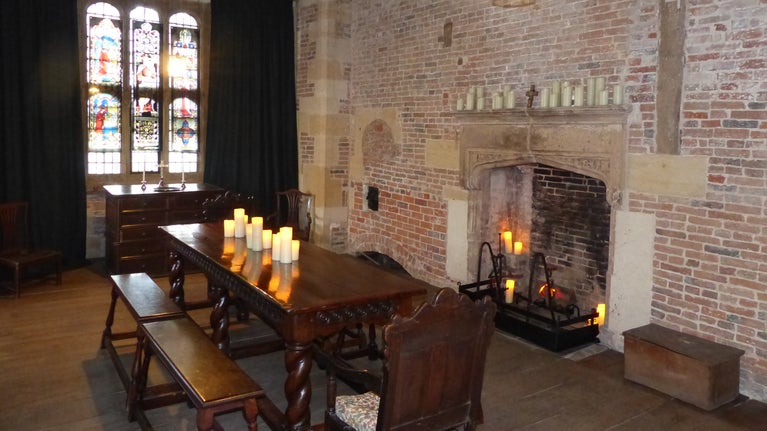
Twenty-one generations of the Throckmorton family have lived at Coughton Court since 1409, when they inherited part of the estate by marriage. They still live here today, and over the last six centuries there are many stories to tell, including that of the gunpowder plot. The family were related to the key conspirators in the Gunpowder Plot, an effort to end the persecution of Catholics.
The gunpowder plot was a plan by a small group of young Roman Catholic extremists to blow up the House of Lords, together with King James I and the entire Protestant government during the opening of Parliament on 5 November 1605.
Roman Catholics at that time were persecuted for their faith and hoped that the Gunpowder Plot would trigger a change in regime and allow them the freedom to practise their religion.
The ringleader of the gunpowder plot was Robert Catesby, son of Sir William Catesby and Anne Throckmorton of Coughton Court, and nephew of Thomas Throckmorton. He spent time at Coughton as a young boy and was a charismatic and forceful character. He conceived the plot and became its inspirational leader, recruiting 12 more members.
Francis Tresham, cousin of Robert Catesby and the son of Sir Thomas Tresham and Muriel Throckmorton of Coughton Court, joined the conspiracy late and came under suspicion of having betrayed it. He also spent time at Coughton as a young boy.
Sir Everard Digby had been chosen to plan the Midlands part of the plot, which was to kidnap the daughter of King James I, the eight-year-old Princess Elizabeth. Since he needed a base in the Midlands, Sir Everard leased Coughton Court and moved in with his wife and two sons in October 1605. Thomas Throckmorton and his family were living in one of their other properties.
Guy Fawkes was chosen to prepare and ignite the 36 barrels of gunpowder that had been hidden in the cellars underneath the House of Lords. Early in the morning of 5 November the cellars were searched and Guy Fawkes was captured. He was taken away and tortured to reveal the names of the other plotters.
The plotters passed through Warwick around midnight and then went to John Grant’s home at Norbrook House, between Warwick and Stratford. Catesby sent his servant Bates to Coughton Court to let Lady Digby know what had happened.
When Bates arrived at Coughton Court at about 6am he met Lady Digby in the Tower room. They had stayed awake all night anxiously awaiting the news. Also present were Father Garnet, Father Tesimond, Nicholas Owen (the priest's hole expert) and the Vaux sisters from Baddesley Clinton.
On hearing the news, the men fled, Father Garnet and Nicholas Owen went into hiding at Hindlip House and Father Tessimond escaped to France.
On arrival at Holbeach House the plotters including Catesby, Percy and the Wright brothers and their gunpowder were soaking wet. In an attempt to dry out they spread the gunpowder in front of an open fire.
The Sherriff and his men, who had been trailing the plotters, saw the resulting explosion and surrounded the house. On the morning of 8 November there was a showdown. Four of the plotters were killed and the others captured. Catesby and Percy were together killed with one musket shot.
The plotters were all tried and convicted of treason and subsequently hung, drawn and quartered at the end of January 1606. The country celebrated the defeat of the plot with bonfires which we continue to this day.
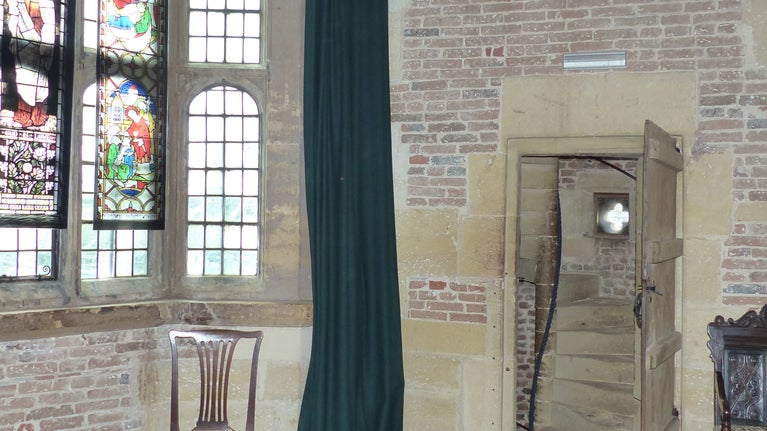
The Tower Room was used as a secret chapel that allowed the Throckmorton family to continue practising their Catholic religion.
It was chosen for its far-reaching views over the countryside which meant they could spy any soldiers or priest hunters.
In one of the corners is a very special priest hole, known as a ‘double hide hole’. If soldiers came to find a priest and didn’t find anybody in the top compartment, the hope was they wouldn’t search below.

Explore the objects and works of art we care for at Coughton Court on the National Trust Collections website.
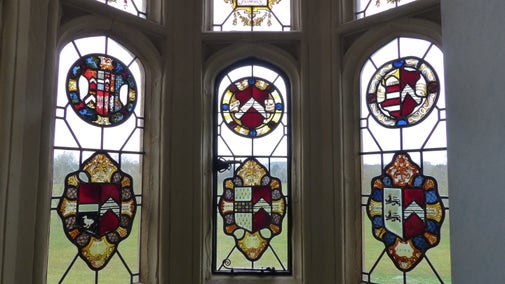
Explore the house and collections at Coughton Court, which has been home to the Throckmorton family for over six centuries and continues to be their home today.
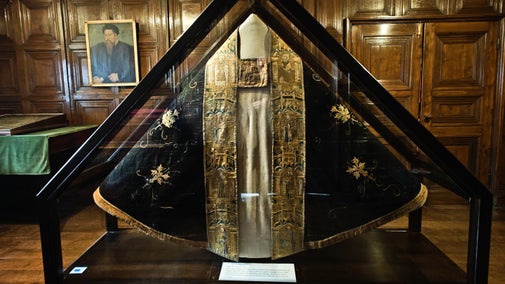
Coughton Court is home to a number of historic items. Take a closer look at two of the most important items in the collection – the Throckmorton coat and the Tabula Eliensis.
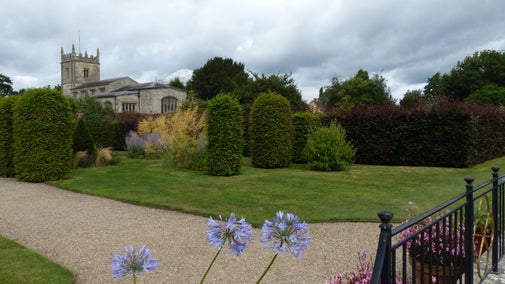
Find out more about why there are two churches at Coughton Court and the story they have to tell of the Throckmorton family’s persecution for their adherence to the Catholic faith.

Caring for Coughton goes on all year round, much of it behind the scenes. Find out more about the work being done to protect and restore Coughton and its treasures.

Visit Coughton Court for family-friendly events and activities in the house and garden, including woodland walks and wildlife spotting.

The Throckmorton family created and manages the award-winning garden at Coughton. Highlights include the walled garden, lake, knot garden, vegetable garden, orchard and bog garden.

Learn about people from the past, discover remarkable works of art and brush up on your knowledge of architecture and gardens.

From landscape gardeners to LGBTQ+ campaigners and suffragettes to famous writers, many people have had their impact on the places we care for. Discover their stories and the lasting legacies they’ve left behind.